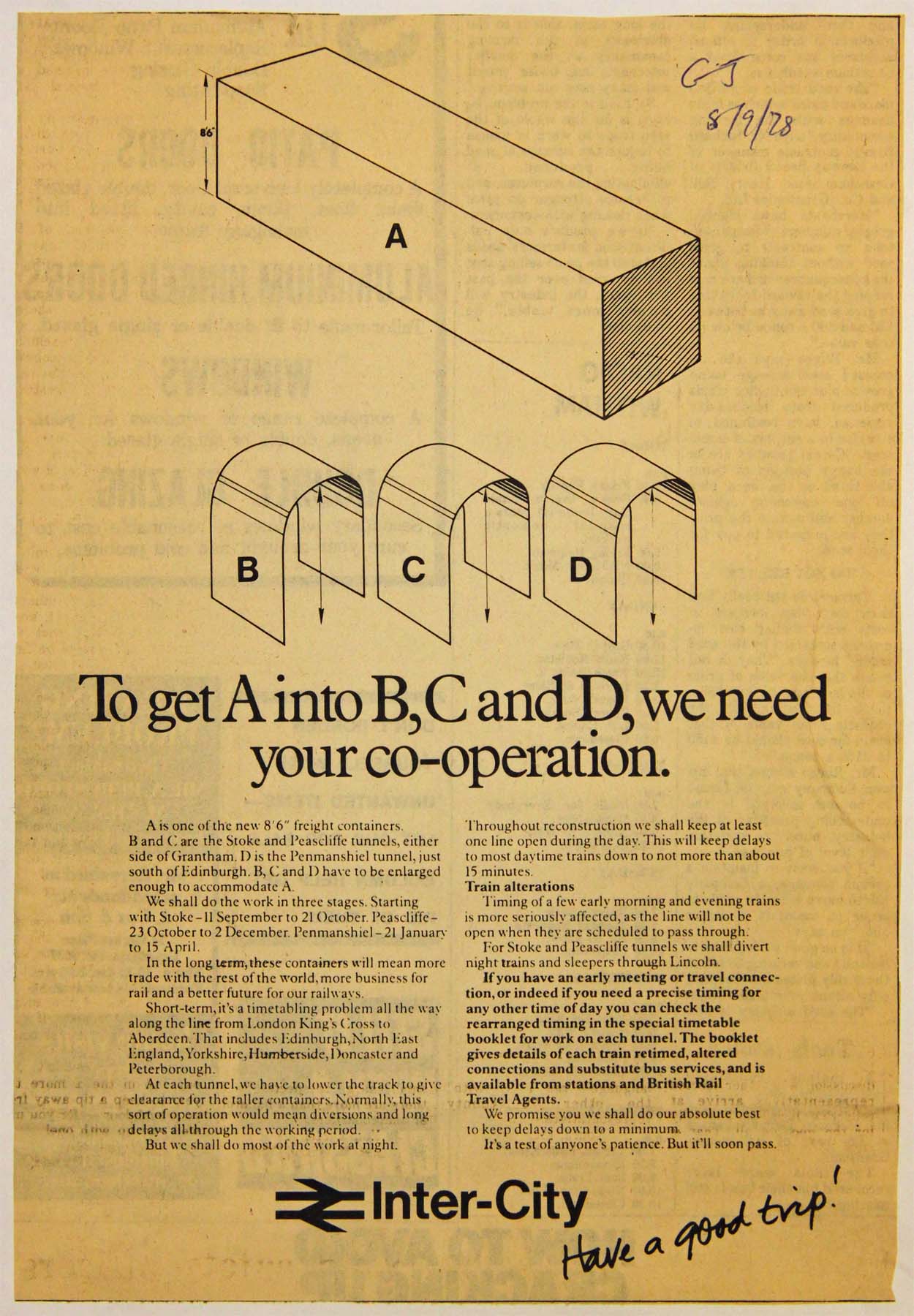Above: The northbound 'Elizabethan' express from London King's Cross to Edinburgh Waverley, hauled by Haymarket A4 No. 60031 'Golden Plover' on Saturday* 14 June 1958.
© Photograph by Roger Bamber
Roger Bamber
We've been saddened to hear that our contributor Roger Bamber passed away on Sunday 11th September, aged 78.
Roger grew up in Leicester and as a boy he made several visits to Grantham station, usually cycling over the hilly A607 via Melton Mowbray. He became a celebrated professional photographer and photojournalist whose work appeared in many national newspapers and magazines. Roger won dozens of awards, most notably the British Press Photographer of the Year twice and News Photographer of the Year twice also.
Two years ago Roger got in touch with Tracks through Grantham from his home in Brighton to offer some of his earliest memories and photographs. They are on our page Haymarket Rarities - captured with a plastic camera.
Several tributes to Roger and his career have appeared on the internet. In one of them, for the Brighton paper The Argus, his wife Shan says, "Roger loved steam trains, one of the reasons he came to Sussex was for the Bluebell Railway but he ended up in Brighton and decided it was the 'best place in the world' and that's why he stayed."
There's an appreciation of Roger Bamber, illustrating the range of his work, on The Guardian website here.
Tracks through Grantham meeting, October 2022
Just a reminder about this event, which was the subject of a post circulated on Wednesday 31st August. If you intend to join us please don't forget to let us know.
A Recently Updated Website Page
Gonerby Siding Signal Box
- Back in March we published a new page about the box at Gonerby after Malcolm Rush told us about his visit there in January 1967 in the company of Grantham Station Manager Alec Wise. Malcolm told us that Gonerby was the only box, of 184 that he visited, where the operator was a signalwoman. This set us on the trail of trying to find out who this lady was.
A number of people helped, and we soon identified that she was Mrs Carter, the wife of signalman Albert Carter at Grantham South. Then, a few weeks ago, an email arrived from George Watson who, as a boy, used to visit Gonerby box.
To read George's fascinating account go to our Gonerby Siding Signal Box page and scroll down just over halfway, to the heading Bett Carter: signalwoman at Gonerby Siding.
Recent features of interest
We keep an eye open elsewhere for items of Grantham area railway interest. Here are some we've seen recently.
The Facebook Group Rail Thing - REAL Trainspotting (1945-1968)
Please note that the links to Facebook from this section only work if you are logged in to Facebook.
1. Patrick Clay is posting photographs taken in the Grantham area and elsewhere by his father, John F. Clay. Follow this link to find the Grantham area pictures, or go to the group on Facebook here and search ('search this group') for 'Patrick Clay Grantham'.
John F. Clay wrote the Foreword of Rev. A. C. Cawston's book LNER Steam at Grantham, in which he says that as a schoolboy photographer in the 1930s he met Arthur Cawston and Thomas Hepburn on the platforms at Grantham. In his Introduction to the same book Cawston tells us that John Clay was, for many years, a schoolmaster at Grantham. John F. Clay's photographs have appeared in a number of books and periodicals, and he wrote an article about Grantham's railway heritage in The Railway Observer.
2. Our regular contributor Richard Cumming has penned an absorbing account of a visit to his Uncle Arthur on Merseyside in 1955. Written in the same style as his popular articles for Tracks through Grantham (they're in our Spotters' Corner section), there's plenty of railway interest plus such things as his impressions of the docks and of attending Anfield to watch Liverpool FC.
Titled A train spotting holiday in Liverpool in 1955, Richard's essay can be downloaded as a Word document called 'Liverpool Holiday.docx' from here.
The Grantham Matters website:
In the past 3 months this local history website has published a few items of railway interest:
- Scrapping of Ruston's and Aveling & Porter's works locomotives in 1952 (note that the loco builder's name was Barclay & Sons of Kilmarnock, not Bartley)
- ...another view of one of the Barclay locos being scrapped
- A photograph on the Woolsthorpe ironstone branch taken from Woolsthorpe Lane bridge at Stenwith
- Improvements to the nature walk on the former High Dyke Branch
- Bishop of Nottingham's visit to the Loco in November 1961
- The station canopy collapse, winter 1947
- A photo of GNR 4-2-2 No. 1 at the Western Platform in 1952 sits rather uncomfortably over an item about cut-price rail fares.
Steam World magazine:
In the current issue of Steam World is an item which might interest Tracks though Grantham subscribers:
September 2022 (Issue 423):
- pages 26 and 27 is a photo feature titled East Coast Main Line Moments. It's a selection of four colour photographs by Noel Ingram, prolific recorder of traffic on the East Coast Main Line between Grantham and Peterborough in the early 1960s.
Remember that you’re very welcome to stay in touch with us…
via the Tracks through Grantham website:
- for feedback on a specific page, use the 'Comment' box under 'Leave a Reply', which appears at the bottom of most pages;
- otherwise, use the general Contact Form found here.
All the best,
John & Mel





